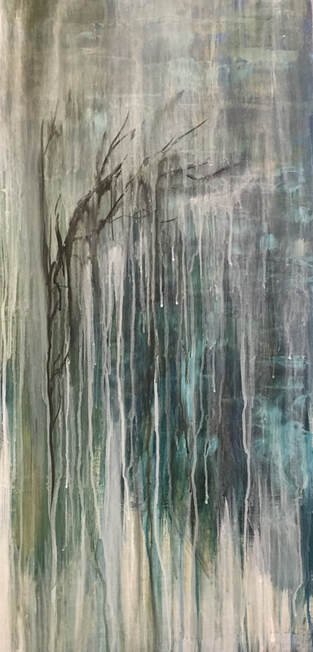|
Transforming the Found
Art allows us to transcend boundaries, challenge conventions, and breathe life into the mundane. One way that artists can achieve this is by using found materials; discarded, overlooked objects which carry a history, a texture, and a unique aesthetic that, when repurposed, can give birth to new forms of expression. Here we explore the rich, inventive journey of using found materials in art, highlighting both the environmental benefits and the democratization of creativity, as well as the profound messages that can emerge from this practice. I. Environmental Consciousness In an era marked by environmental concerns, the incorporation of found materials in art is a powerful testament to the importance of sustainability and conservation. By rescuing discarded objects and integrating them into their work, artists minimize waste and contribute to a more sustainable artistic practice. This process of repurposing not only reduces the demand for new resources but also raises awareness about the environmental impact of consumer culture. The resultant artworks serve as tangible reminders of our collective responsibility to safeguard the planet. II. Democratization of Creativity Found materials possess an inherent accessibility that transcends economic, social, and geographic barriers. Unlike traditional art supplies, which are often prohibitively expensive, found materials are readily available to anyone with a discerning eye and an imaginative spirit. This democratization of creativity empowers a broader spectrum of artists, allowing them to channel their ideas into tangible forms without the constraints of financial limitations. By utilizing found materials, artists open the door for diverse voices to contribute to the artistic discourse. III. Resonance of Narrative Every found material carries a narrative of its own. Whether it is a piece of weathered driftwood that has been washed ashore, a fragment of rusty metal salvaged from a forgotten factory, or a swatch of vintage fabric unearthed from a dusty attic, these objects possess a history that becomes woven into the fabric of the artwork. Through the juxtaposition and integration of these materials, artists can evoke powerful emotions and provoke contemplation. The resulting pieces resonate with viewers on a visceral level, inviting them to reflect on the stories and experiences that permeate the world around them. IV. Liberation of Imagination Working with found materials compels artists to perceive their surroundings in a new light, challenging them to see potential in the overlooked and discarded. This process of reimagining transforms the way artists interact with their environment, fostering a heightened sense of curiosity and resourcefulness. In seeking out and repurposing found materials, artists break free from the confines of conventional artistic mediums, opening up a world of limitless possibilities and unexplored artistic frontiers. Using found materials in art is a testament to the transformative power of human creativity. It is a practice that not only champions sustainability and environmental consciousness but also democratizes the artistic process and amplifies the resonance of narrative. By liberating imagination and redefining the boundaries of artistic expression, artists who work with found materials inspire us all to see the potential for beauty and meaning in the world around us. Embracing this practice is an invitation to embark on a journey of discovery, where the ordinary becomes extraordinary, and the discarded find new purpose and value.
0 Comments
Leave a Reply. |
Details
Elizabeth Hefty KhouryExploring the Canvas of Imagination: A Fusion of Art and Words ArchivesCategories |

 RSS Feed
RSS Feed
